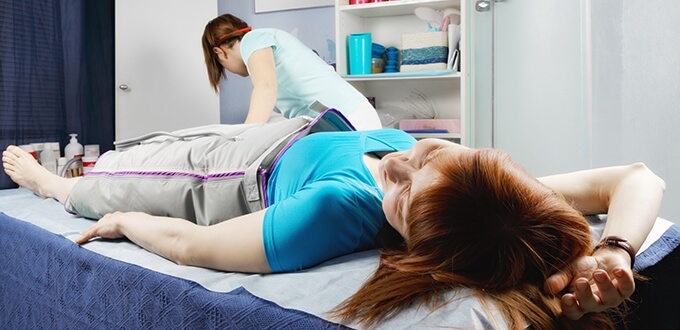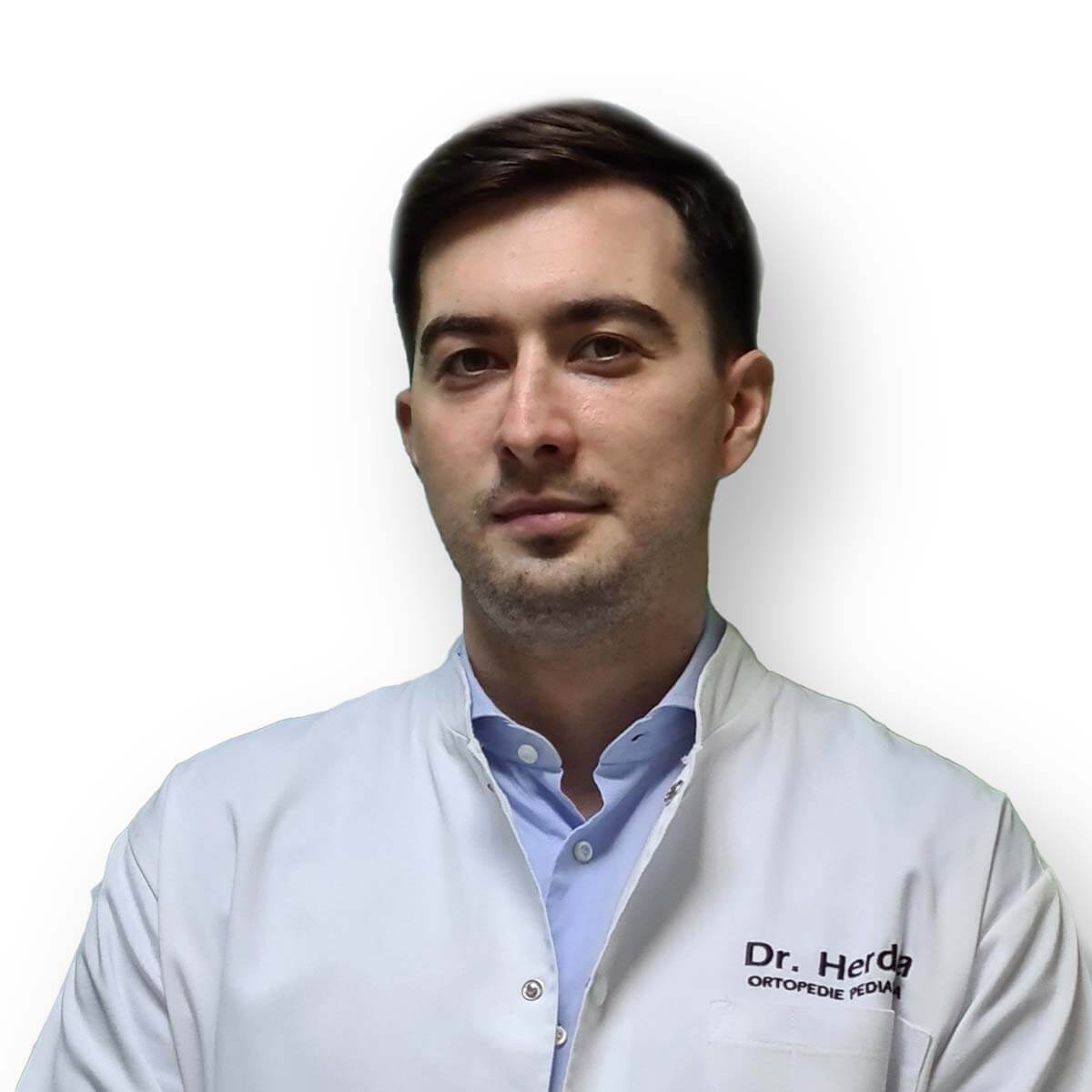
Intermittent pneumatic compression (CPI) is an adjunctive therapy in the management of lymphedema. At Centrokinetic, this is part of the complex decongestant treatment (TDC) which promotes lymphatic drainage, reducing the volume of edema, improving the functionality and elasticity of the affected limb, and limiting complications.
As a large volume of fluid accumulates, the lymphatic vessels can no longer fully function. High pressure is formed in them so that the valves that are normally closed can no longer do so. As a result, there is an accumulation of lymph at the bottom of the vessel. The muscles of the lymphatic vessels stretch and no longer have the force of contraction, and in the long run, the valves and the walls of the lymphatic vessels strengthen and reorganize, becoming harder and less elastic.
CPI devices are an additional tool of a multimodal approach, which can be used as adjunctive therapy in lymphedema management.
- at the venous level, allows the evacuation of blood from the venous tree;
- at the lymphatic level, it allows the advancement of the lymph present in the collectors, thus increasing the lymphatic flow in the proximal direction;
- at the interstitial level, it allows the movement of the interstitial fluid in the imposed direction by the successive swelling of the sleeve chambers.
Prices
You can find here a detailed list of the prices of individual services. But any correct recovery process is based on a mixed plan of therapies and procedures, customized according to the condition, stage of the condition, patient profile, and other objective medical factors. As a result, in order to configure a treatment plan, with the therapies involved and the prices related to the plan, please make an appointment here for an initial consultation.
MAKE AN APPOINTMENT
FOR AN EXAMINATION
See here how you can make an appointment and the location of our clinics.
MAKE AN APPOINTMENT



































































































